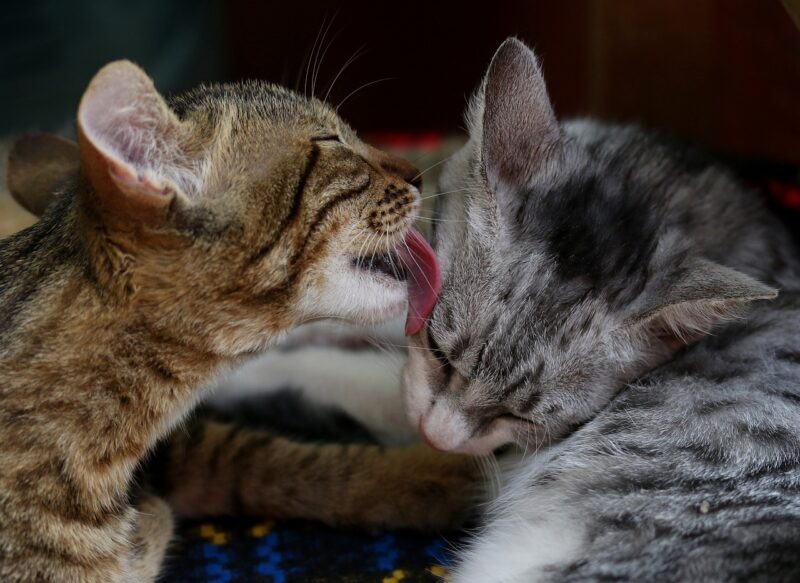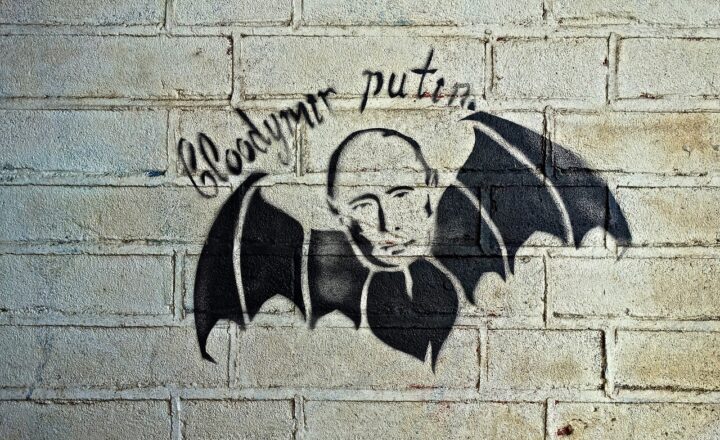The Legacy of Cartoons: A Journey Through Animation’s Most Iconic Characters
November 17, 2024

Animation has a special place in the hearts of many, providing a colorful escape and offering a chance for laughter and life lessons wrapped up in delightful stories. From the early days of hand-drawn sketches to today’s stunning computer-generated imagery (CGI), cartoons have been a significant part of the entertainment industry, shaping culture and influencing generations.
In this article, we will take a deep dive into the legacy of cartoons and the most iconic characters that have not only entertained us but also helped define the medium and contributed to pop culture in innumerable ways.
1. The Origin of Cartoons: A Glance into History
The history of cartooning can be traced back to ancient civilizations, but the modern era began in the early 1900s with the advent of animation. Early pioneers, such as Winsor McCay with his beloved character Gertie the Dinosaur, demonstrated the incredible potential of moving images to entertain audiences.
The 1920s saw the rise of major animation studios, with Walt Disney leading the way. The release of “Steamboat Willie” in 1928 marked the debut of Mickey Mouse, a character that would become a symbol of animation worldwide. His cheerful demeanor and adventurous spirit embodied the optimism of the time, propelling Disney to unprecedented success.
2. The Golden Age of Animation
The late 1930s to the 1960s is often referred to as the Golden Age of Animation, a time when beloved characters captured the world’s imagination. Iconic figures like Bugs Bunny, Daffy Duck, and the rest of the Looney Tunes gang brought slapstick humor and clever cartoons to life, entertaining audiences of all ages.
Cartoons like “Snow White and the Seven Dwarfs,” released in 1937, showcased the artistry possible in animation, paving the way for feature-length animated films. This era also highlighted the significant impact that animation had on music, with memorable songs and character catchphrases becoming part of popular culture.
The ongoing success of characters from this period illustrates how cartoons infuse humor and wit into storytelling, making them timeless and endearing.
3. Iconic Characters and Their Impact
Throughout the decades, certain characters have emerged as icons, each with unique personalities and characteristics that resonate with audiences. Here are a few notable examples:
Mickey Mouse: As the quintessential cartoon character, Mickey represents dreams and creativity. His image and personality have transcended generations, making him a leading figure in animation.
Bugs Bunny: Known for his quick wit and charming demeanor, Bugs has entertained millions with his vaudevillian humor. Characterized by his famous catchphrase, “What’s up, Doc?”, Bugs embodies the idea of using cleverness to outsmart opponents.
SpongeBob SquarePants: This sea sponge speaks to a new generation with his childlike innocence and optimism. SpongeBob’s adventures in Bikini Bottom highlight the joy of friendship, responsibility, and living life to the fullest.
These characters have become cultural influencers, inspiring merchandise, theme parks, musical adaptations, and beyond. They often reflect societal norms and offer commentary on various social issues, thereby resonating with adults as much as children.
4. The Evolution of Animation: From Hand-Drawn to CGI
Animation has continually evolved, experiencing a technological renaissance with the introduction of computer-generated animation. Pixar’s “Toy Story” (1995) was the first fully computer-animated feature film, setting the stage for an explosion of CGI films that showcased breathtaking visuals.
The rise of 3D animation has redefined storytelling techniques and character design, creating new challenges for artists. However, traditional animation techniques have retained their charm and continue to transition into new styles, blending hand-drawn art with digital technology. Characters like the ones from Studio Ghibli combine both old and new artistic approaches, reminding audiences of the timeless beauty of hand-drawn animation.
5. Cartoons in the Modern Age: A Cultural Phenomenon
Today, cartoons play a critical role in global culture and entertainment. From the reimagining of classic characters to the emergence of new series like “Adventure Time” and “Rick and Morty,” animation continues to capture the imagination, tackle complex themes, and engage diverse audiences.
The popularity of streaming services has allowed for the rapid consumption of animated series, resulting in a resurgence in adult animation. This shift is innovative and responsible for addressing various issues, showcasing that cartoons are not just for children but can provide social commentary packed with humor.
Moreover, characters like those from “Steven Universe” and “The Owl House” have been praised for their representation of LGBTQ+ themes, indicating a diversification of storytelling in animation. This evolution reflects broader societal changes and the powerful influence animation can exert.
Conclusion: The Lasting Legacy of Cartoons
The legacy of cartoons goes beyond entertainment; they encapsulate cultural sentiments, teach important life lessons, and often serve as a lens through which we view societal values. The evolution of iconic characters reflects this dynamic relationship, as they continue to adapt to the changing landscape of society while maintaining their unique charm and humor.
As new generations embrace these characters, we remember that cartoons will always hold a special place in our hearts. They remind us to embrace creativity, laugh, and never lose sight of the child within.
So, whether through the nostalgic charm of classic animations or the contemporary storytelling in today’s series, the journey through animation’s most iconic characters is one that will continue to inspire, entertain, and spark laughter for lifetimes to come.






